Click here and press the right key for the next slide (or swipe left)
also ...
Press the left key to go backwards (or swipe right)
Press n to toggle whether notes are shown (or add '?notes' to the url before the #)
Press m or double tap to slide thumbnails (menu)
Press ? at any time to show the keyboard shortcuts
Pointing: Reference and Context
From around 11 or 12 months of age, humans spontaneously use pointing to ...
- request
- inform
- initiate joint engagement (‘Wow! That!’)
How do infants understand pointing actions?
Hypothesis 1: Pure use (compare block & slab).
‘Let us imagine a language for which the description given by Augustine is right. [...]
A is building with building-stones: there are blocks, pillars, slabs and beams.
B has to pass the stones, and that in the order in which A needs them.
For this purpose they use a language consisting of the words ‘block’, ‘pillar’, ‘slab’, ‘beam’.
A calls them out; B brings the stone which he has learnt to bring at such-and-such a call.’
Wittgenstein (1953, §2)
How do infants understand pointing actions?
Hypothesis 1: Pure use (compare block & slab).
From around 11 or 12 months of age, humans spontaneously use pointing to ...
- request
- inform
- initiate joint engagement (‘Wow! That!’)
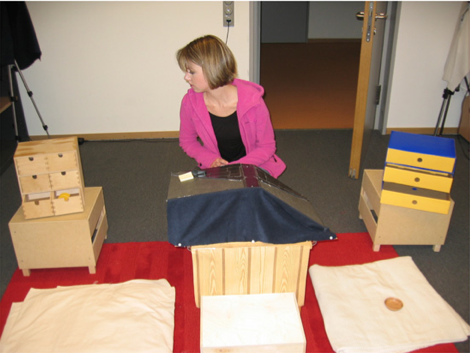
Liszkowski et al 2008, figure 3
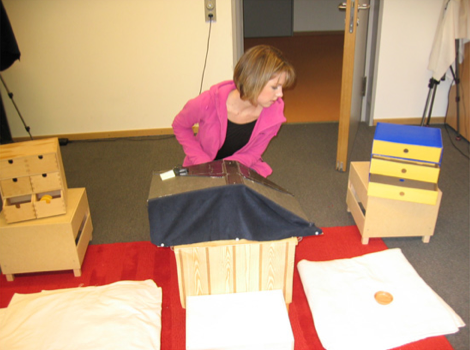
Liszkowski et al 2008, figure 3
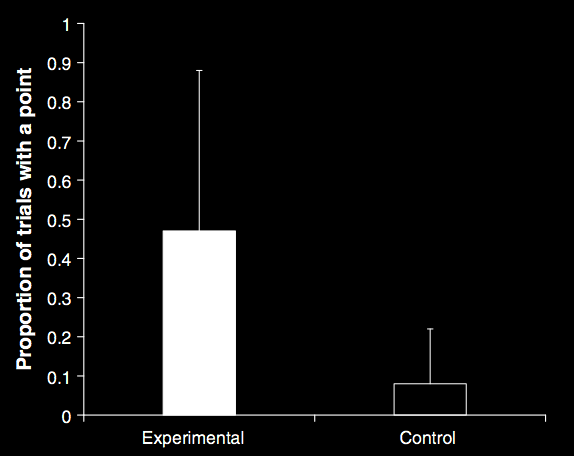
Liszkowski et al 2008, figure 5
From around 11 or 12 months of age, humans spontaneously use pointing to ...
- request
- inform
- initiate joint engagement (‘Wow! That!’)
How do infants understand pointing actions?
Hypothesis 1: Pure use (compare block & slab).
pointing: referent and context

Liebal et al 2009, figure 1
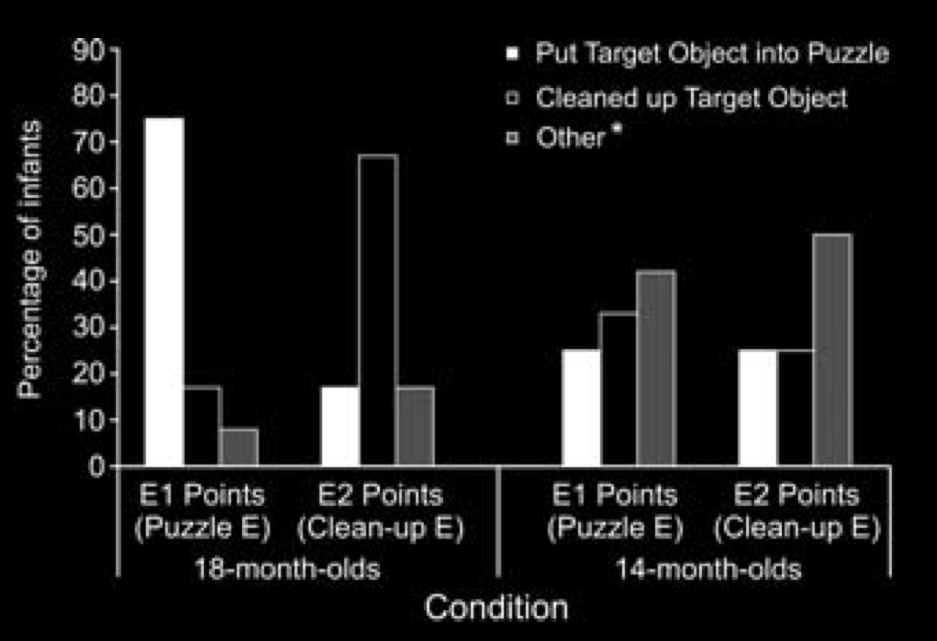
Liebal et al 2009, figure 2
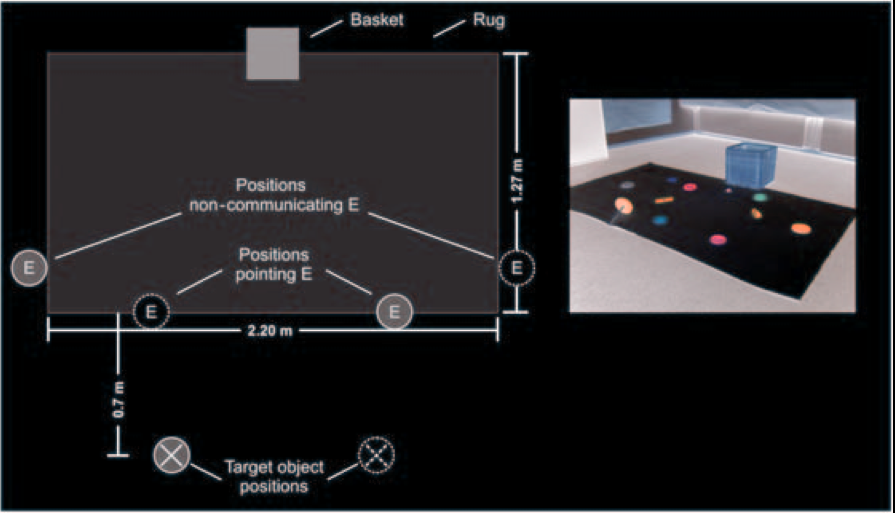
Liebal et al 2009, figure 3
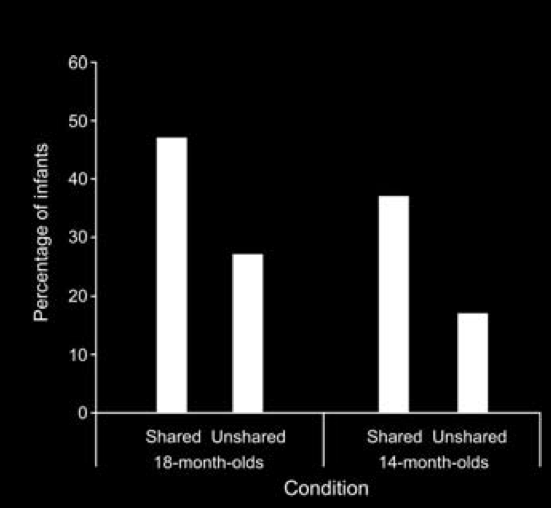
Liebal et al 2009, figure 4
How do infants understand pointing actions?
Hypothesis 1: Pure use (compare block & slab).